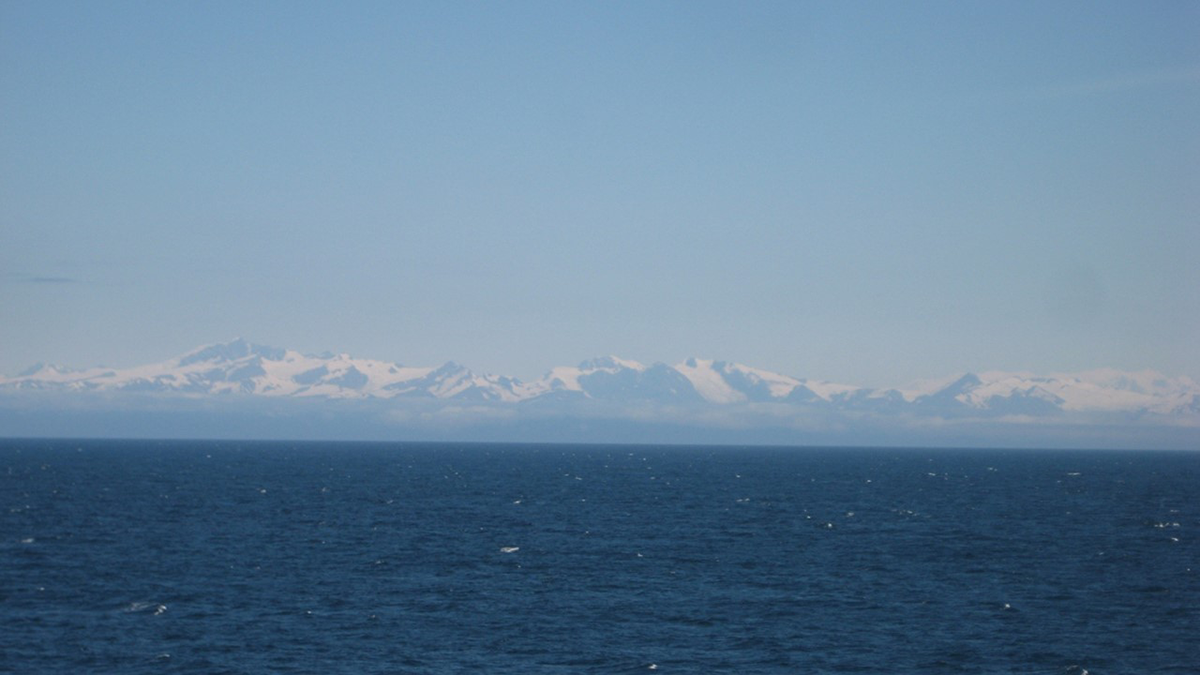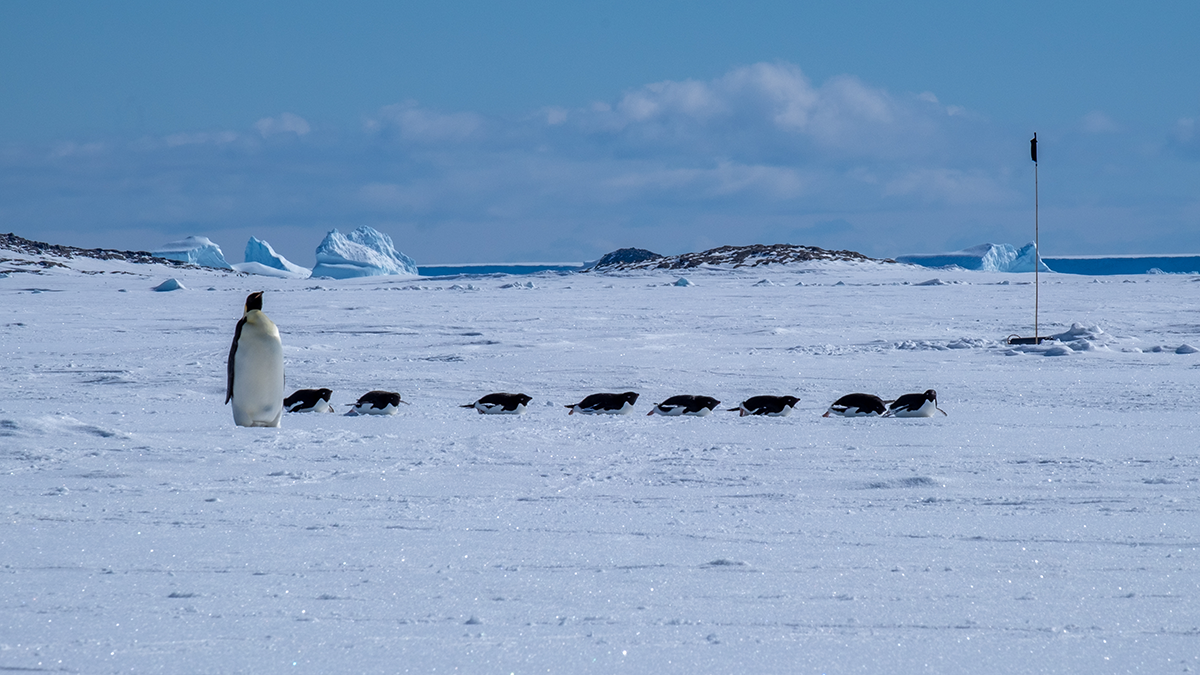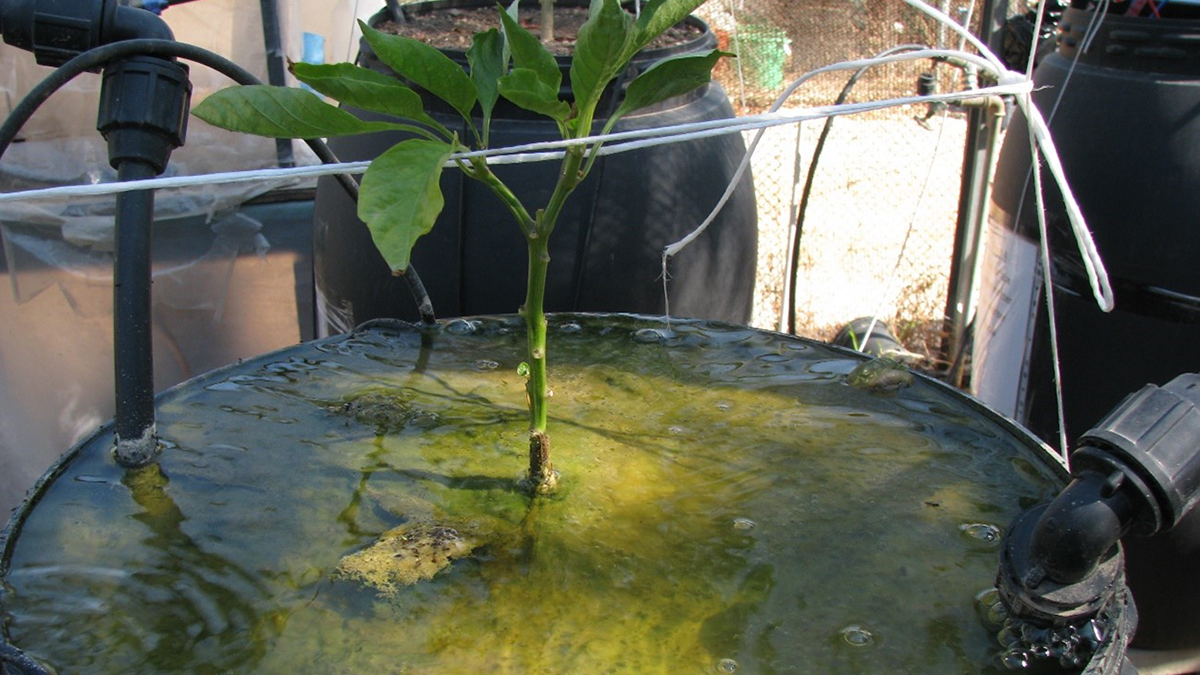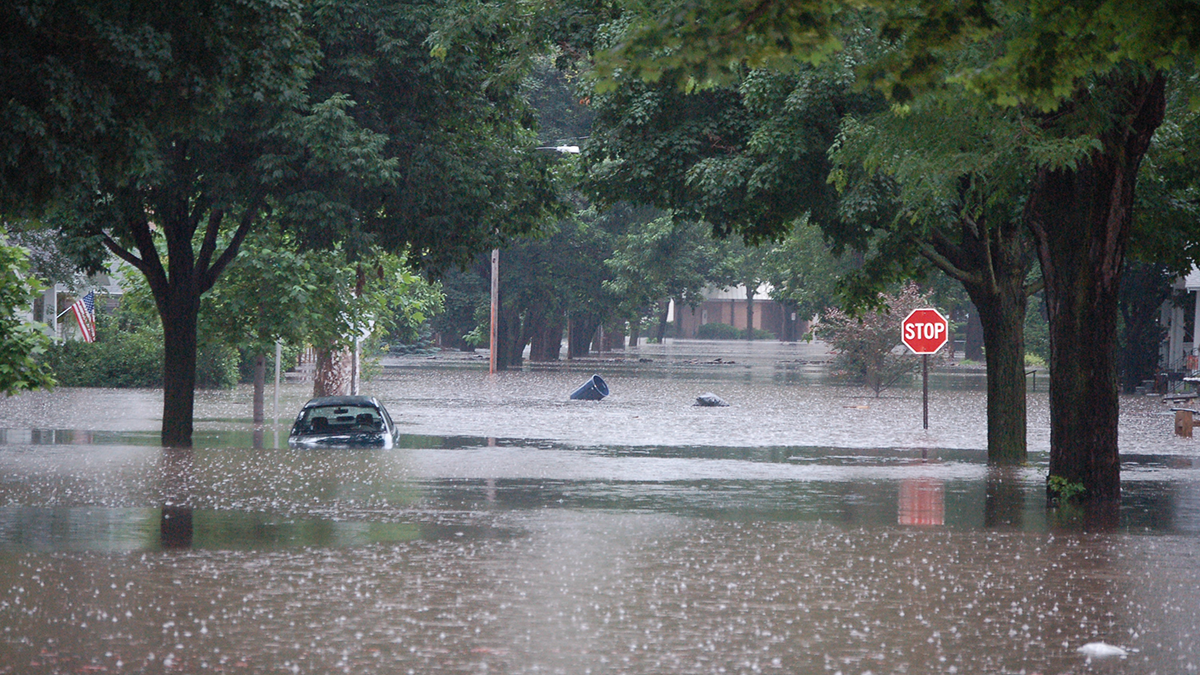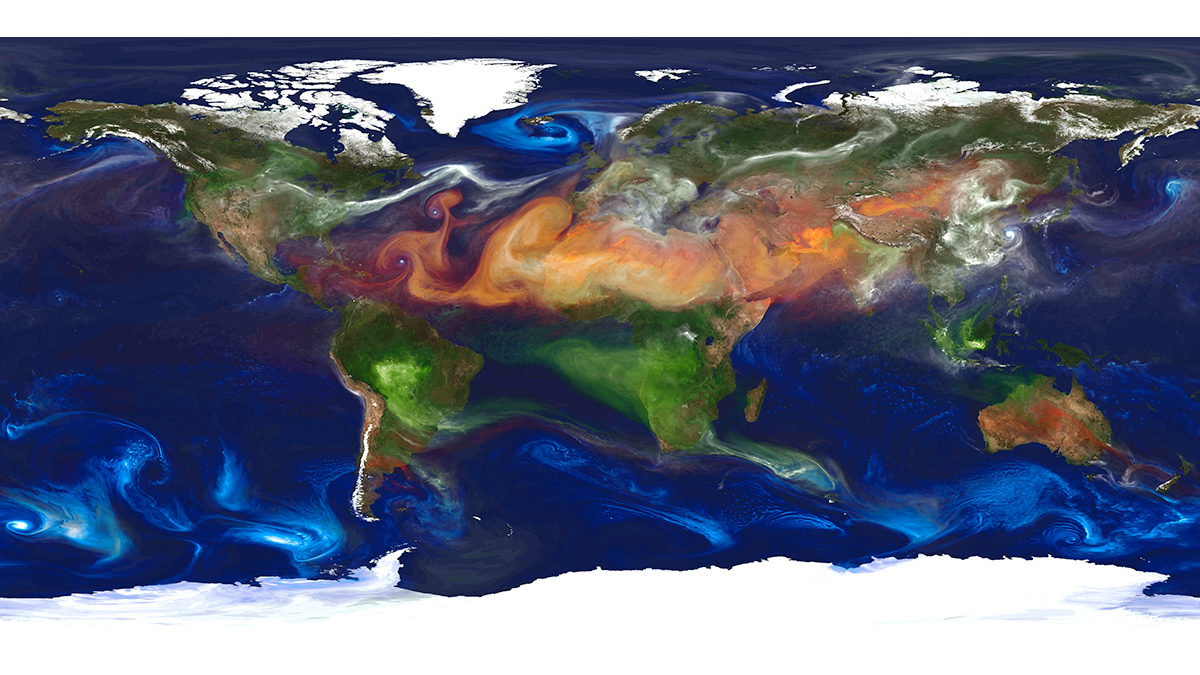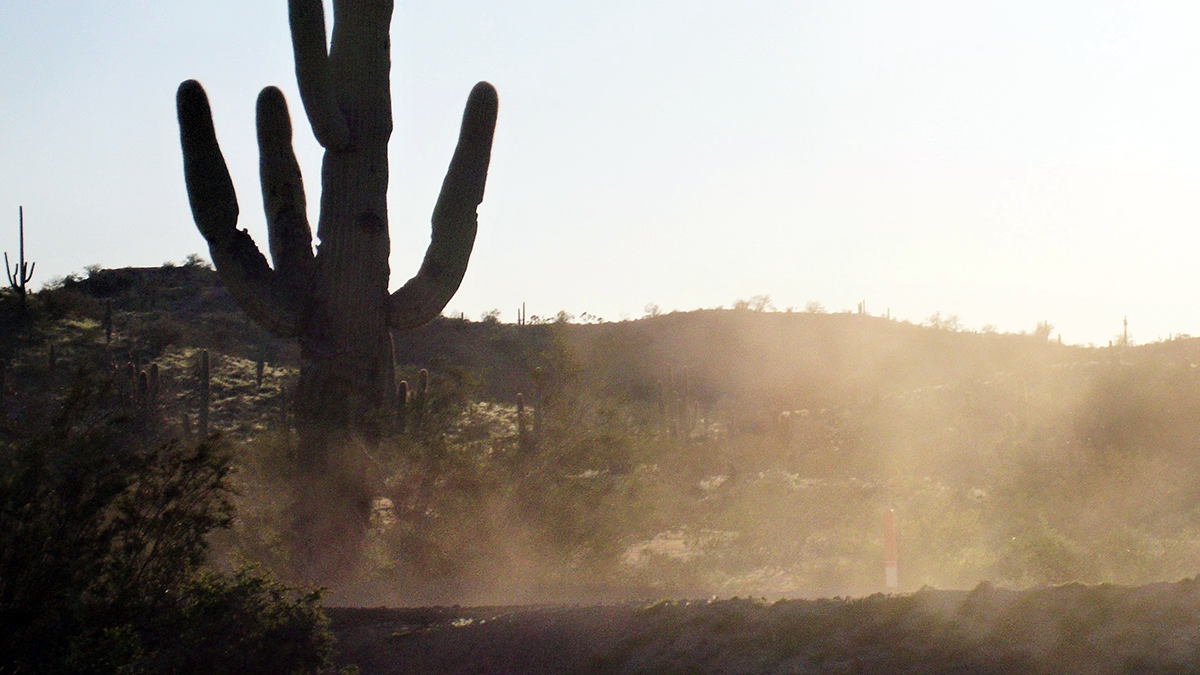Various nutrient sources in the upper waters of oceanic subtropical gyres, which are the Earth’s largest oligotrophic ecosystems, play a crucial role in governing the sequestration of atmospheric CO2.
Reviews of Geophysics
Announcing New AGU Journal Editors-in-Chief Starting in 2024
AGU is excited to welcome new Editors-in-Chief for seven of our journals in 2024, including the founding Editor of JGR: Machine Learning and Computation.
Marine Sediments Reveal Past Climate Responses to CO2 Changes
Climate records stored in marine sediments reveal different ice sheet and ocean responses to falling atmospheric CO2 concentrations from the warm Pliocene to the ice ages of the Pleistocene.
Earth’s “Third Pole” and Its Role in Global Climate
The Tibetan Plateau is a major force in the global climate system and a hot spot for climate change. A new review summarizes the state of knowledge and identifies research needs related to the region.
Landfast Sea Ice: The Most Important Ice You’ve Never Heard Of
Landfast sea ice, sea ice that is held stationary against the Antarctic continent, links firmly with many key climate processes, but its importance is only being fully realized as its extent dwindles.
The Art of Promoting Scientific Results
AGU has various avenues for promoting noteworthy research published in our journals and books, which increases visibility, downloads, and citations.
Air Flow Dynamics in Wet Soils: Challenges and Knowledge Gaps
Modeling air flow in wet porous media relies on quantifying the combined role of fluid and media properties and flow dynamics on the microscale displacement mechanisms and macroscale unstable flow.
Unlocking the Secrets of Floods: Breakthroughs in Riverine and Coastal Modeling
To enhance flood modeling, it is imperative to gain a comprehensive understanding of the causative mechanisms and cutting-edge models and tools, while also acknowledging their uncertainties.
Reducing Aerosol Climate-Forcing Uncertainty: A Three-Way Street
To reduce persistent aerosol-climate-forcing uncertainty, new in situ aerosol and cloud measurement programs are needed, plus much better integration of satellite and suborbital measurements with models.
Danger in the Dust! The Hazards of Windblown Dust
Airborne dust not only causes disease, it also menaces transportation on land, sea, and air; disrupts renewable energy systems; transports pathogens and toxic substances; and poses many other hazards.



